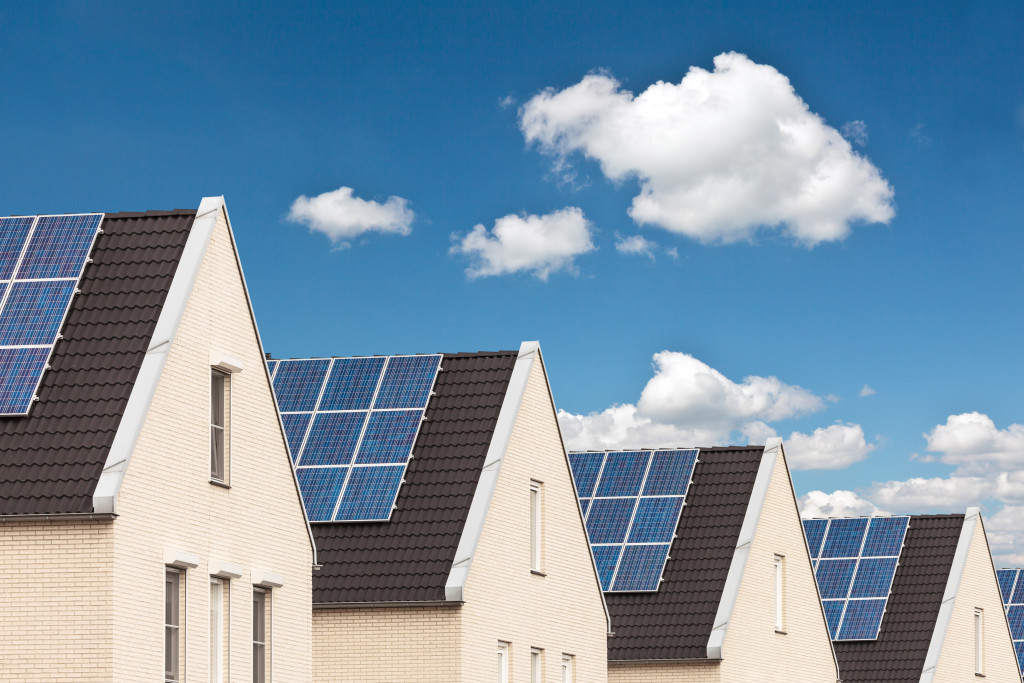Veterans get free electricity — or they could have it with a solar power system. US vets can apply for energy-efficient mortgages that make the purchase and installation of solar panels practically free.
Better Panels
Advances in solar technology have made solar panels more efficient than ever, and a competitive market has brought prices down to very affordable levels. Most 3- to 4-bedroom houses will need a 10-kW solar power system to cover their electricity use. With dropping prices, you can buy a 10-kW system for around $8,000-$12,000. Solar panels and their integrated systems can last up to 35 to 45 years. Most solar power companies will have guarantees on their panels for optimum efficiency (of at least 80 percent efficiency) for 25 years.
Easy Funding
Any US veteran can apply for an energy-efficient mortgage or EEM loan in conjunction with a VA mortgage to purchase or refinance a house. VA loans require no down payment or mortgage insurance fees. Even if you purchase your 10-kW system at $12,000, the federal solar incentive program will cut your purchase and installation cost by 22 percent. If you live in Salt Lake City, local incentives will cut your costs by another $1,600. Your total costs for your solar power system would stand at around $8,000.

A VA loan with a 15-year term (at 3 percent interest) will have you paying less than $60 a month for your panels. A 10-kW solar power system should cover your house’s electrical consumption and send enough power down the grid to reduce your electricity bills to zero. Instead of going to the electric company, you can use the money you save to pay for your premiums. After 15 years, your panels should still be running well enough to provide an additional 15 to 20 years of free electricity. Try to get your funding as soon as possible, as the federal solar incentive program ends in 2022.
Increasing Your Home’s Energy Efficiency
An EEM loan is not exclusively for solar panel purchases. It can also be used for other purchases or improvements that make your home more energy-efficient. Aside from solar installation, consider adding insulation to your EEM loan. A properly insulated home can reduce its electrical consumption by up to 30 percent, providing you with extra credit with your power company. Most states have phased out programs that pay for excess production, so don’t expect a check if you go over.
Instead, you can make full use of that extra electricity by switching to an electric vehicle. Charging it will be free if your system produces extra electricity, and it could cut another $2,000 a year on your gas bill. You can also use your EEM loan for new boilers, furnaces, storm windows and doors, thermal windows and doors, heat pumps, and clock thermostats. Unfortunately, your EEM loan will not cover appliance purchases, no matter how energy-efficient they are.
Free electricity is nothing to scoff at. Solar power can cut your electricity bills to zero, and the savings you’ll get are enough to cover the monthly premiums on your EEM loan.

